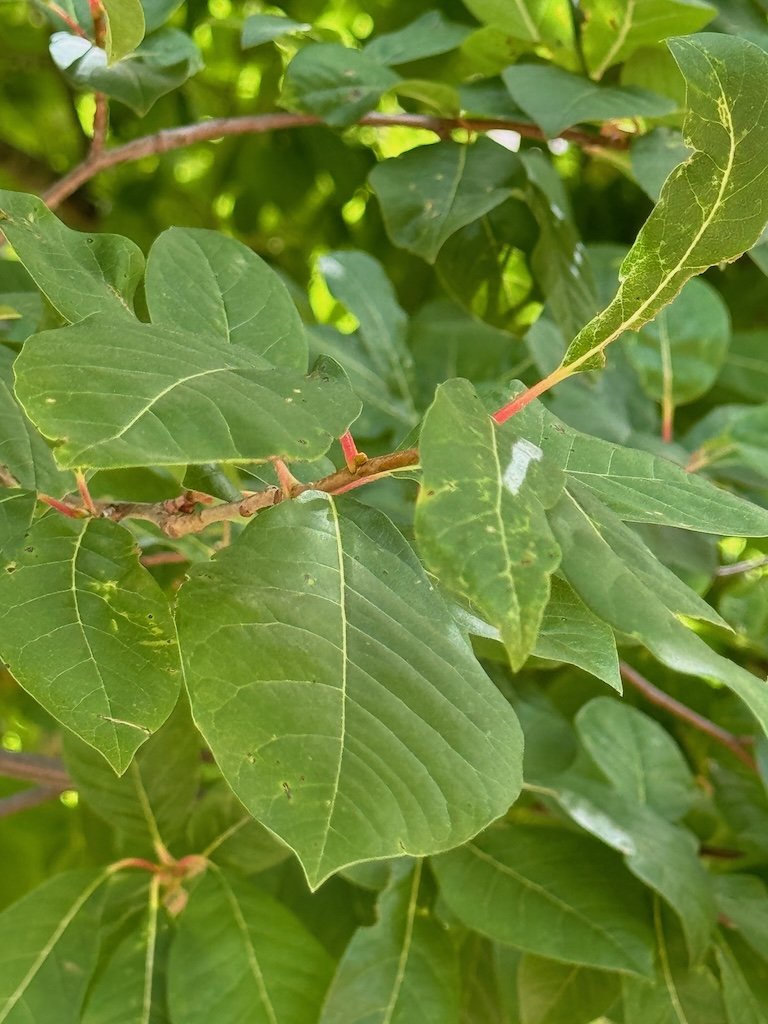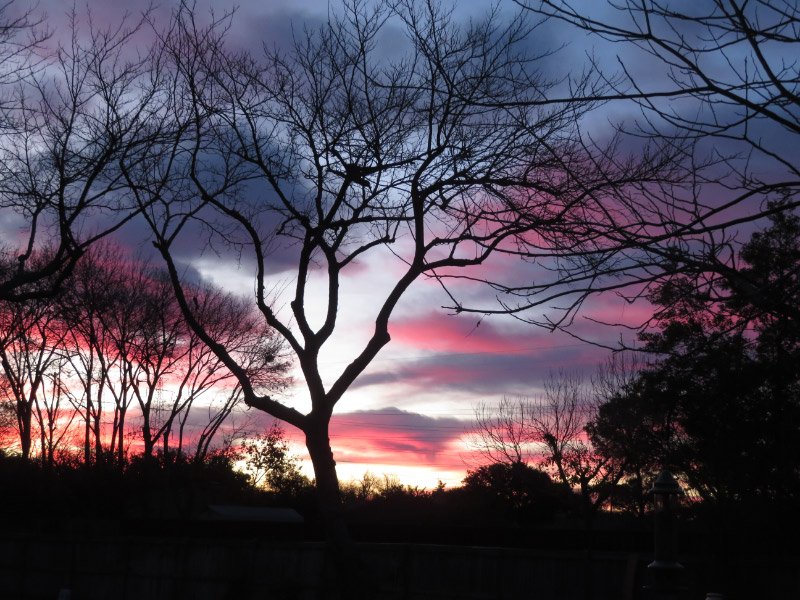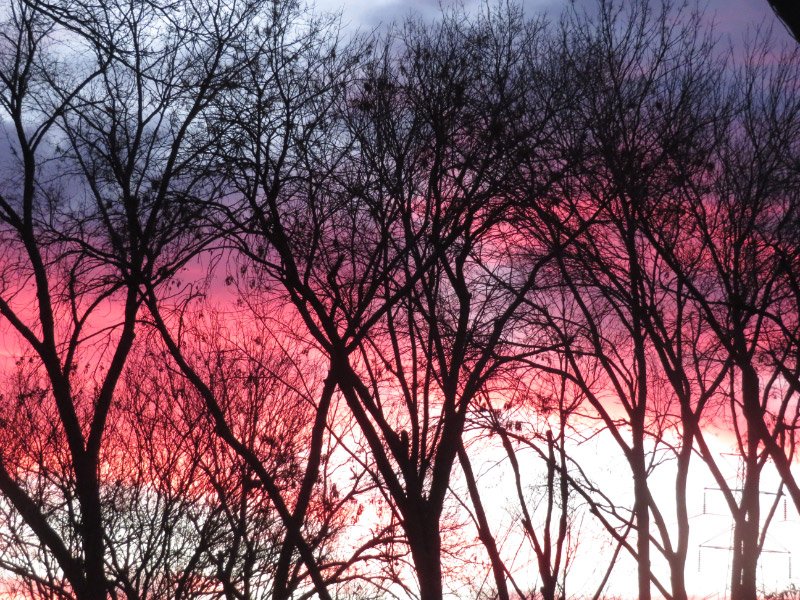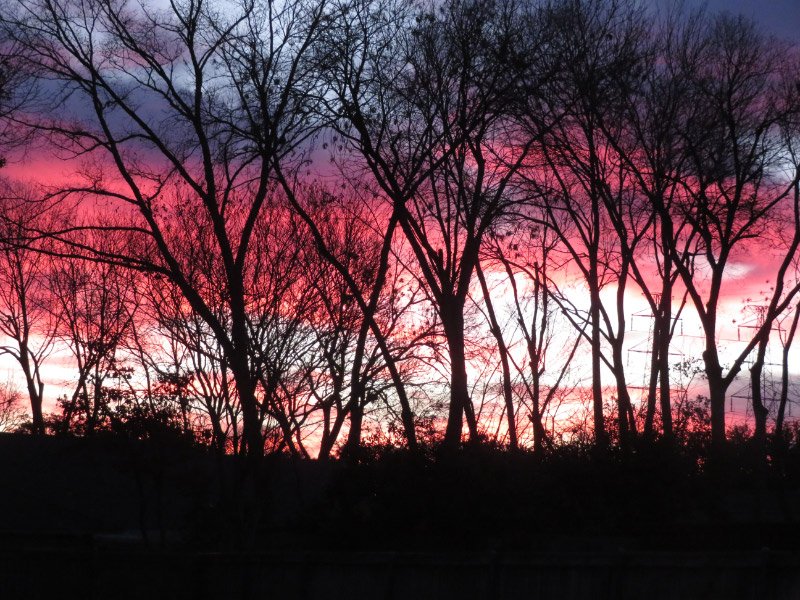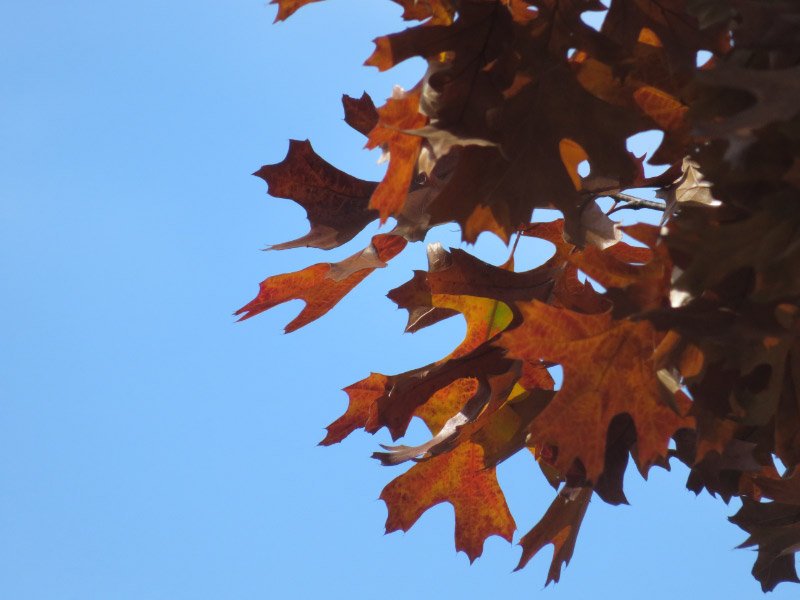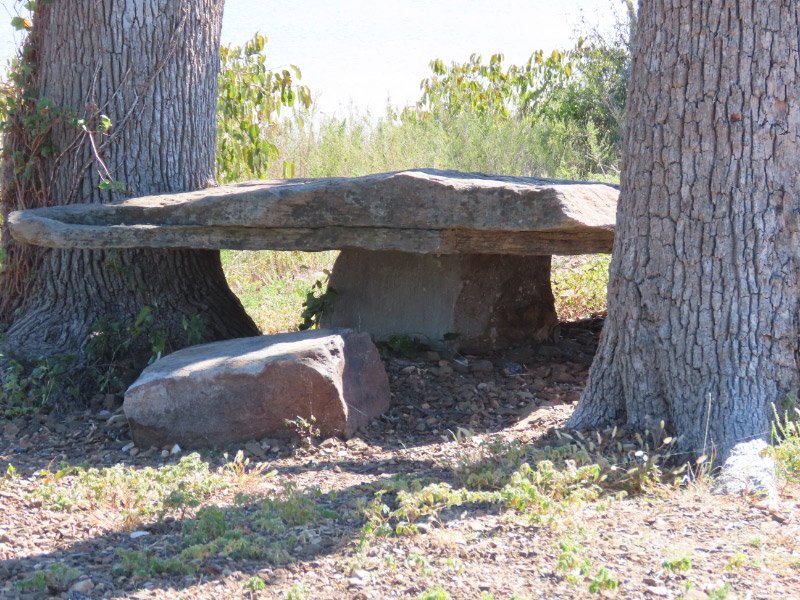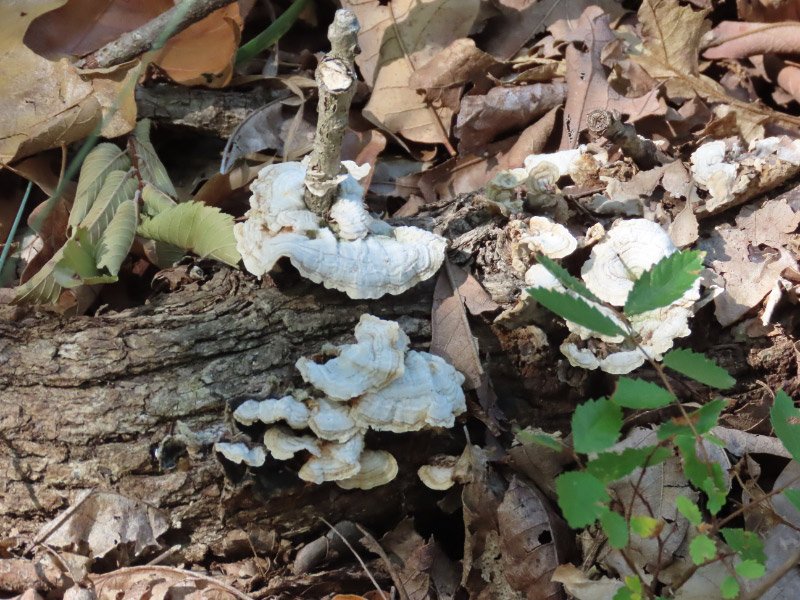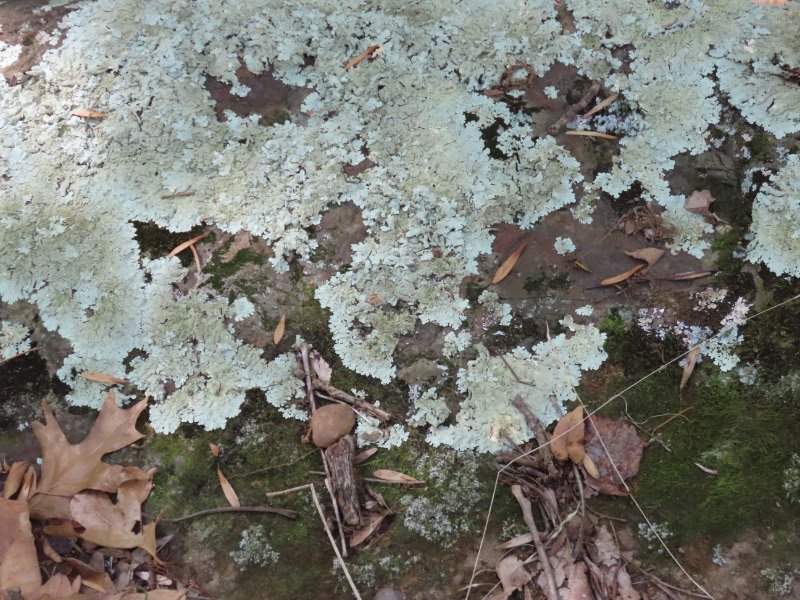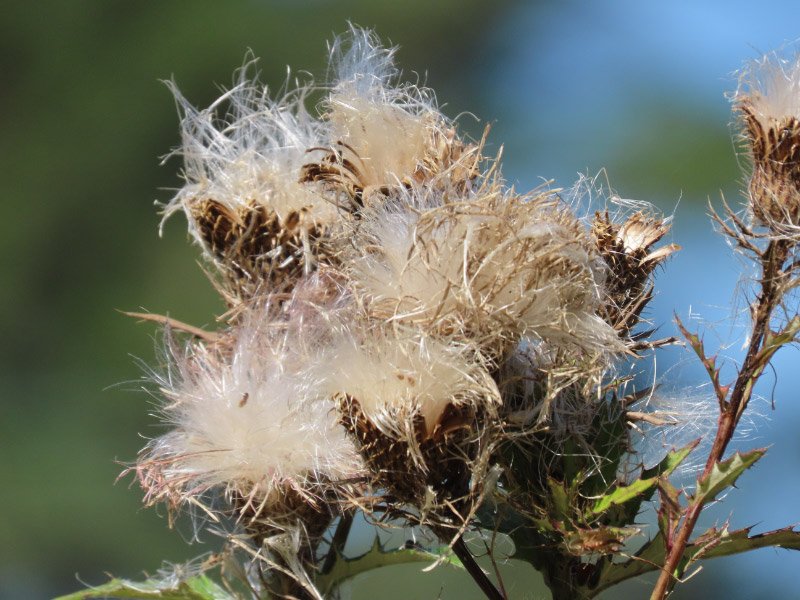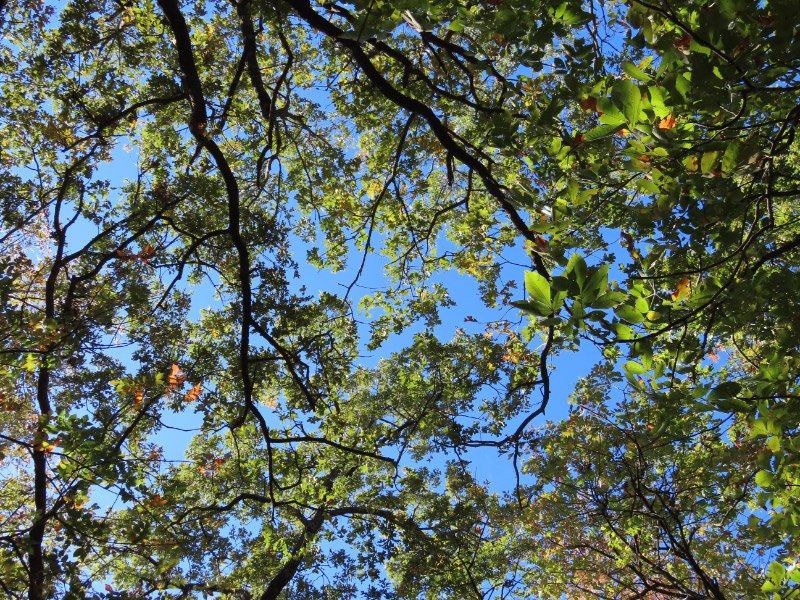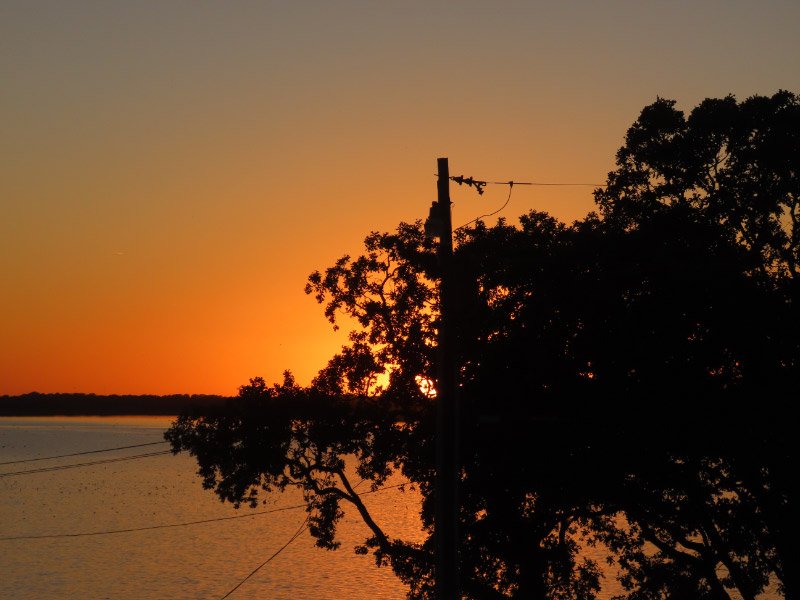Gleanings of the Week Ending September 21, 2024
/The items below were ‘the cream’ of the articles and websites I found this past week. Click on the light green text to look at the article.
Congaree National Park to Remove Feral Hogs – There were feral hogs in the park when I visited in 2008!
Witness 1.8 billion years of tectonic plates dance across Earth’s surface in a new animation – I watched the video twice…the first just enjoying the overall moves. The second time I watched for how North America moved over time.
What Are the Best Policies for Reducing Carbon Emissions? - A systematic analysis of more than 1,500 climate policies from around the world found that only 63 were successful, reducing average emissions by 19 percent on average. Policies are more effective when implemented with a variety of other policies, instead of alone. In the U.K., banning coal-fired power plants worked when it was combined with tax or price incentives. The same was true for banning combustion engine cars in Norway. The study also found that successful strategies differed between countries—in developed countries, carbon pricing was effective, while regulation was successful in developing countries.
How thyroid hormone fuels the drive to explore - Research in mice sheds light on how thyroid hormone alters wiring in the brain. Findings reveal that thyroid hormone syncs up the brain and body to drive exploratory behavior. Too little thyroid hormone slows down metabolism and can result in symptoms of depression, while too much speeds up metabolism and can lead to symptoms of mania. The receptor for thyroid hormone is expressed by cells throughout the entire brain, including in areas of the cortex responsible for high-level cognition like planning and decision-making.
Cutthroats and Cottonwoods: Protecting the South Fork of the Snake - The South Fork contains the largest cottonwood gallery in the West. In the fall, the leaves on the tall-timbered giants lining the banks bounce in the breeze like gold coins exploding from the pot at rainbow’s end. Native Yellowstone cutthroat trout are in the South Fork. Most of the cutthroats spawn in tributaries contributing to the South Fork but they are found throughout and the farther you float, the bigger they get…. a river that is as it should be. Consistently wild.
Nutrition and healthy aging: The role of protein quality in combatting muscle loss - Aging may reduce our ability to digest, absorb and utilize the nutrients in food. It is important to consider increasing the amount and improving the quality of protein (probably higher than what is currently recommended for the general population) we consume. For example – research showed that consuming higher-quality (whey and pea) protein supplements at breakfast and lunch increased muscle-building in older adults by almost 10 per cent. However, collagen protein — a supplement heavily marketed towards older adults — did nothing to bolster muscle-building in older adults.
Flash Flood Roars Through Frijoles Canyon at Bandelier National Monument – One of my favorite places in New Mexico……hope I can visit again sometime when it isn’t flooded!
Cooler Communities for All - Four key design strategies to reduce urban temperatures:
Increase tree percentage in parks and green spaces
Provide shade
Use plant materials and water instead of hardscape
Switch to green ground cover, including grasses and shrubs
This Massive Egyptian Observatory Is Unlocking Celestial Secrets of an Ancient Culture - Archaeologists in Egypt have just uncovered a truly stellar find—a sixth century B.C.E. astronomical observatory in the ancient city of Kafr El-Sheikh. The observatory, made from mud bricks, is the largest and oldest of its kind in the region, spanning nearly 10,000 square feet. It was in ancient Egypt that the 365-day calendar was born, and the 24-hour day. They completely mapped the night sky, and had their own constellations and zodiac, some signs of which are still recognized today.
Looting of the Sudan National Museum – more is at stake than priceless ancient treasures - It was founded in 1959, ahead of the construction of the Aswan High Dam. A Unesco-led salvage campaign was launched in 1960 to protect and preserve the ancient monuments that would be flooded by the dam, which would alter the landscape of the Nubian region. The reported loss of parts of this collection represents a profound and multi-layered tragedy for future generations.


























